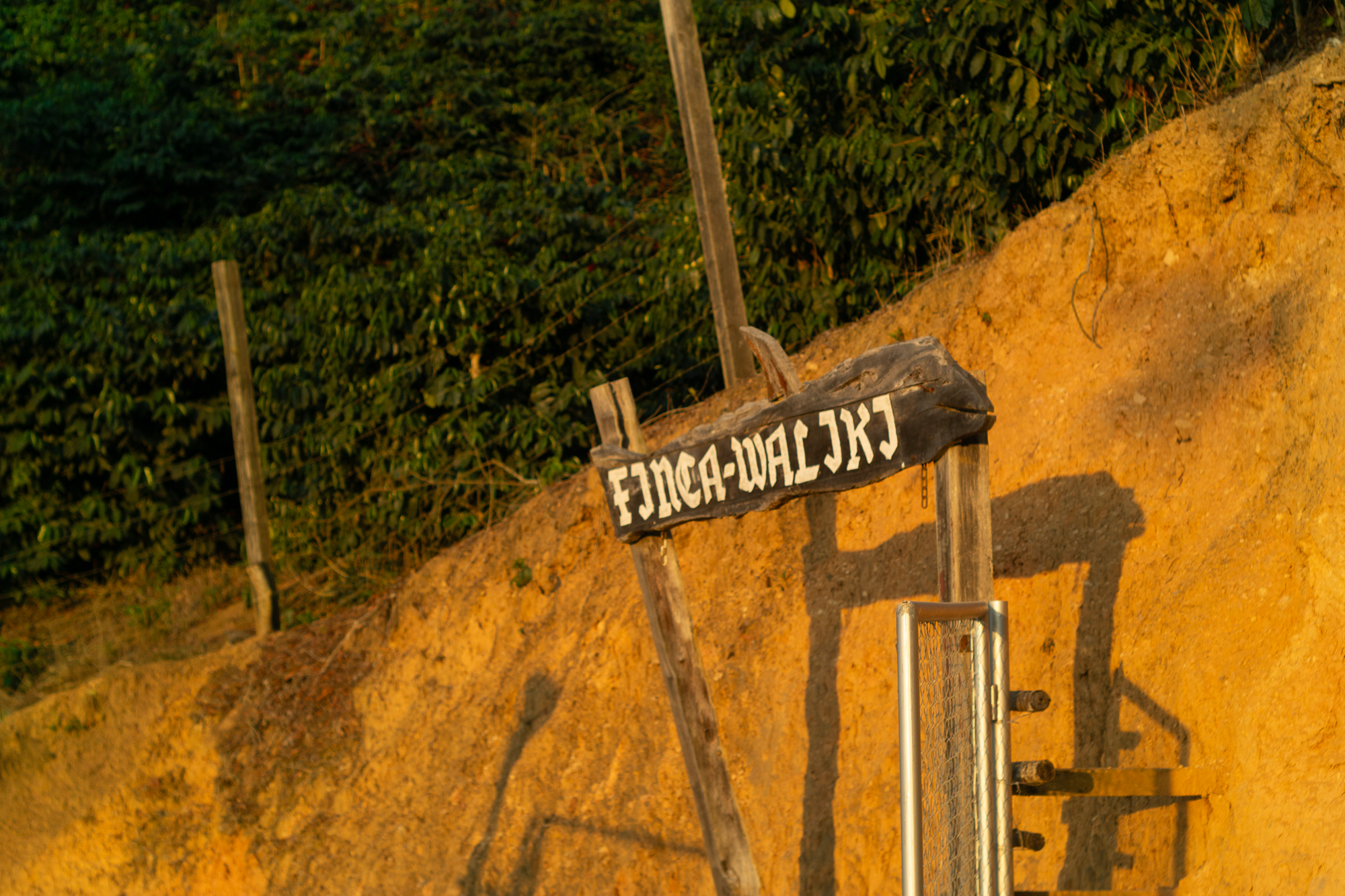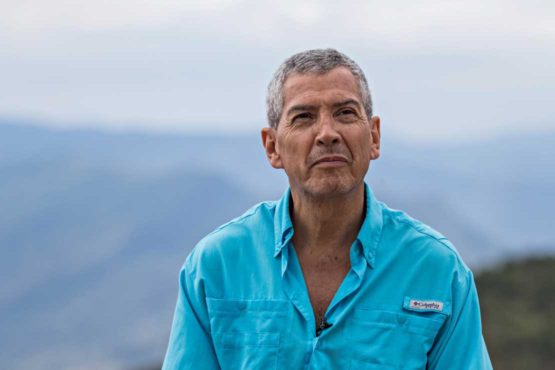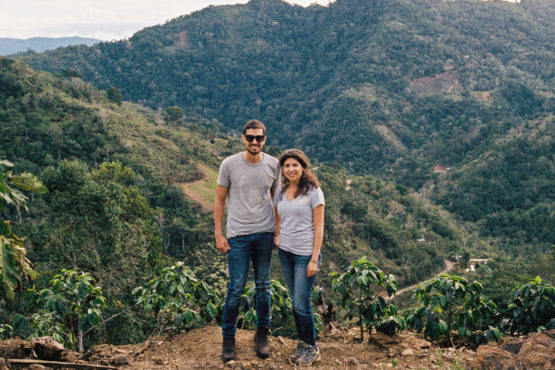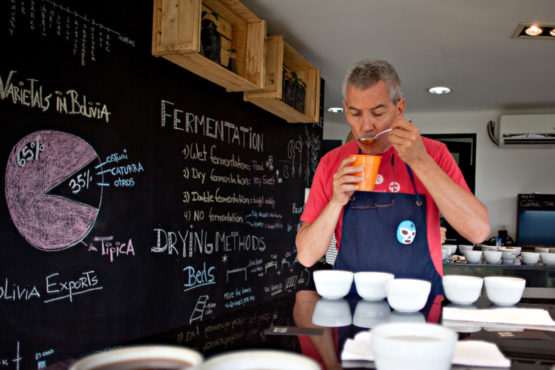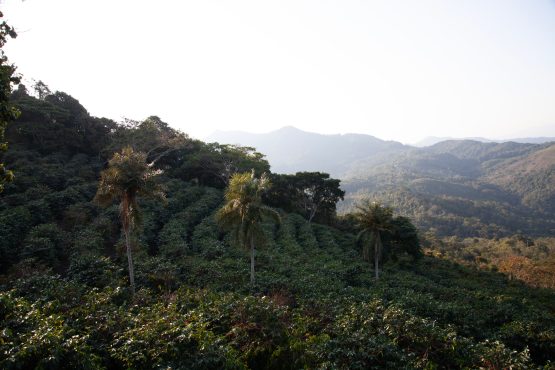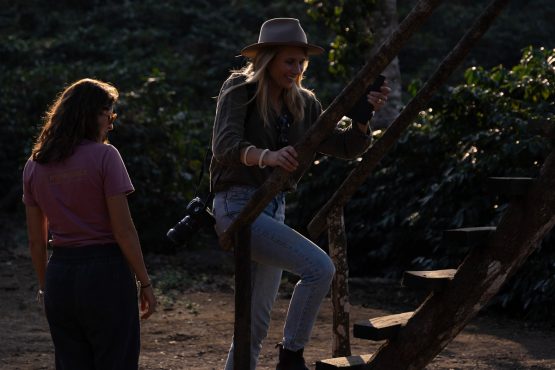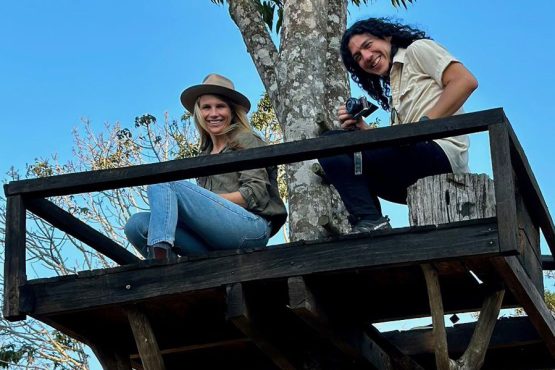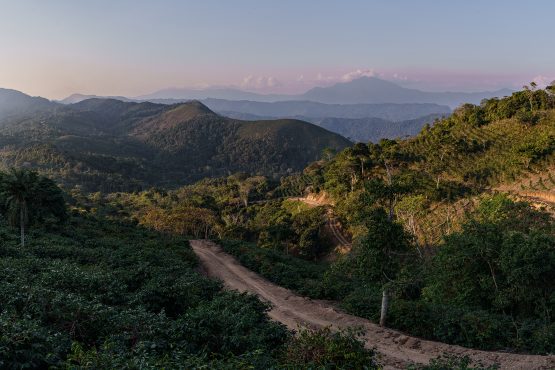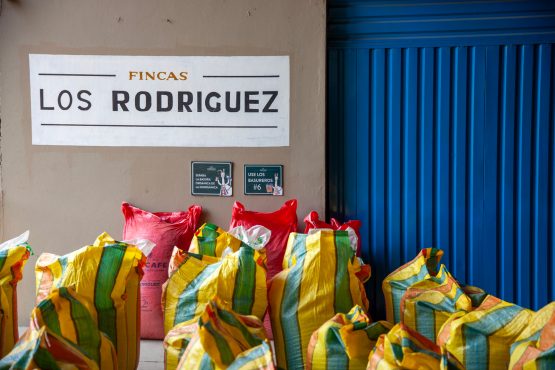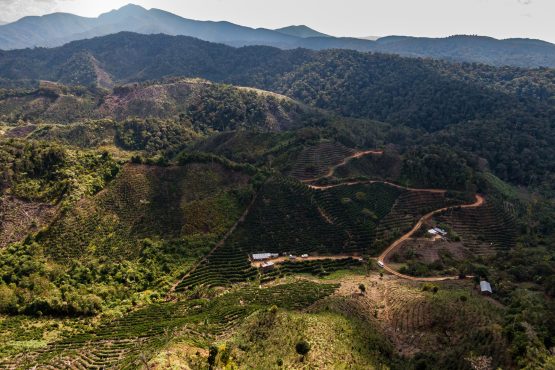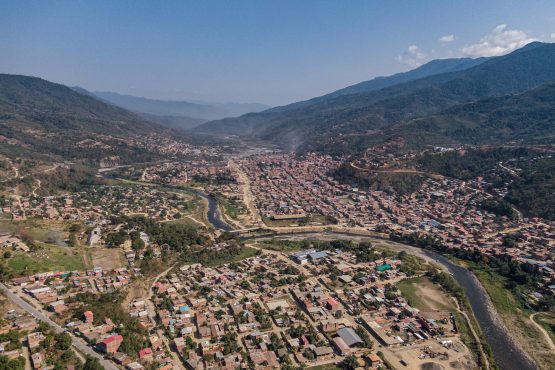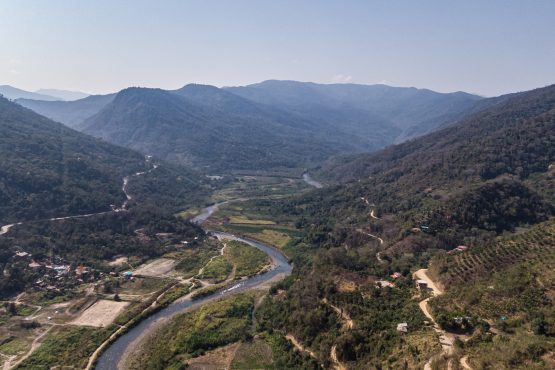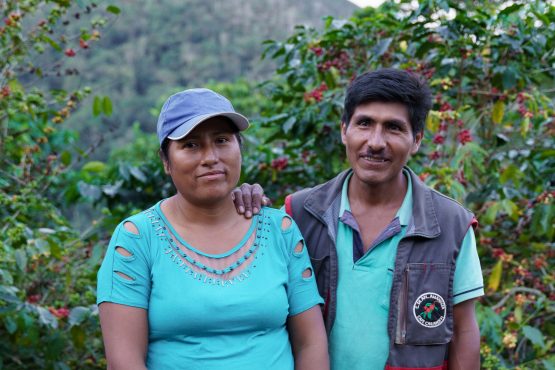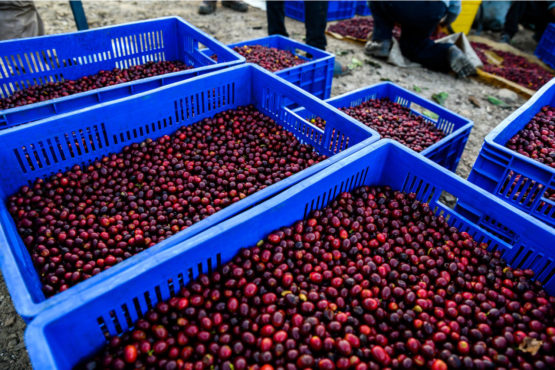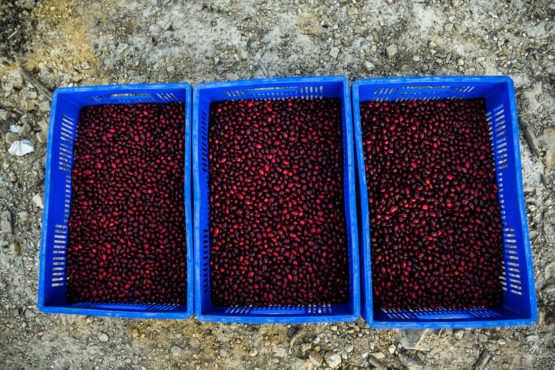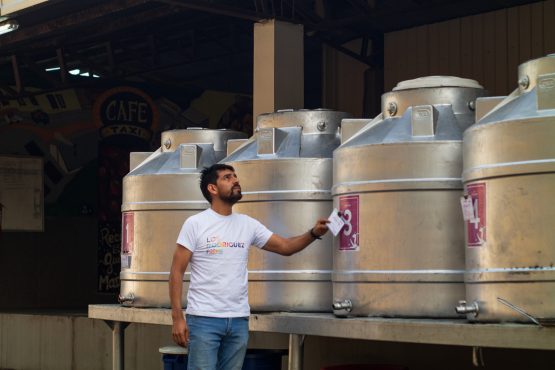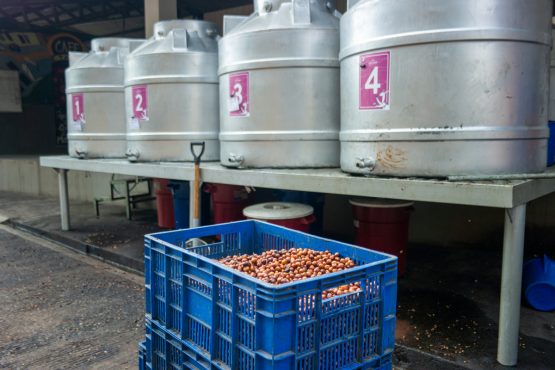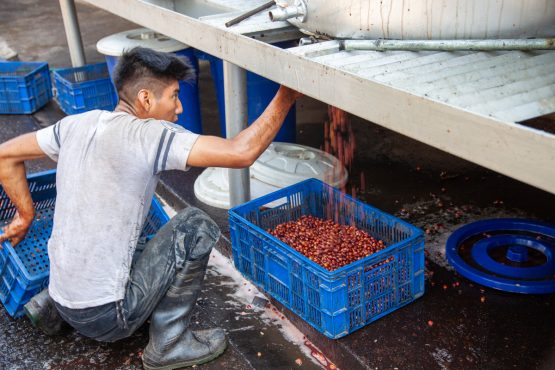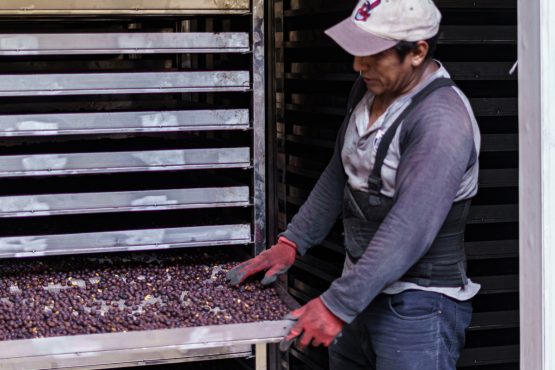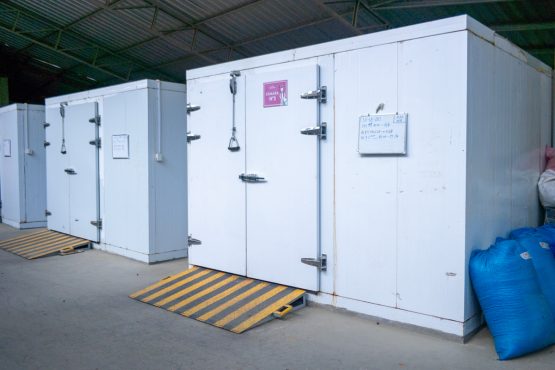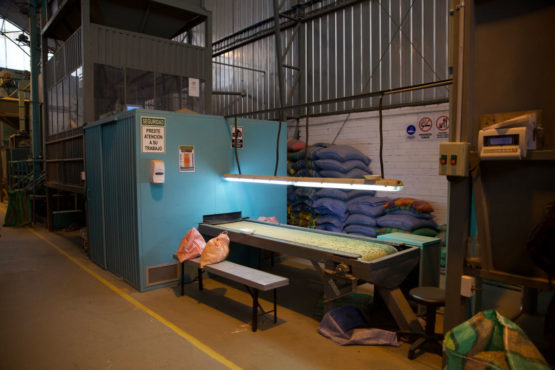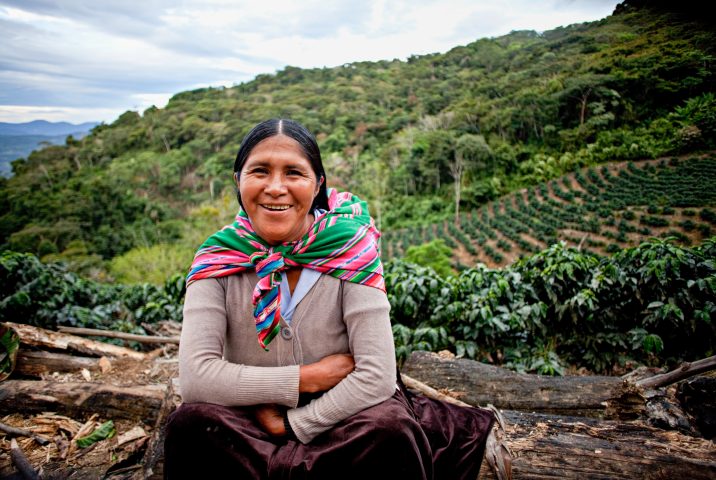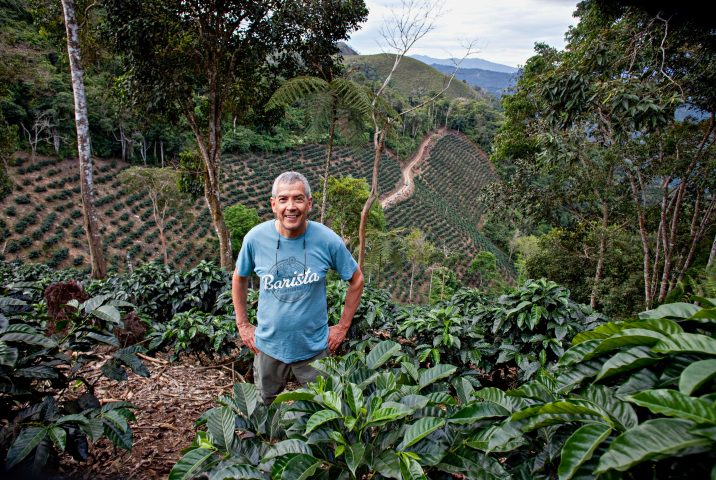Waliki Java Natural (96hr Ferment)
Tea-like and floral, with white blossom fragrance, caramelised orange and green grape. Great structure and clarity.
This nanolot is from a small farm called Waliki. The name is a greeting in the local Ayamara language meaning, “how’s everything” to which the answer is, “all good,” or “Hakuna Matata.” The farm is owned by the Pedro Rodríguez and his family, who also operate an exporting business called Agricafe.
Waliki is located in the colonia of Bolinda, which lies in a lush, steep mountain valley around 10 kilometres outside of the town of Caranavi, in the department of La Paz in Bolivia. The colonia of Bolinda was founded 52 years ago and was once known as ‘Bolivia Linda’ or ‘Beautiful Bolivia’. Over the years this name was shortened to Bolinda, and it is now one of the larger settlements in the area.
Waliki is the Rodríguez family’s newest farm and was planted in 2016. The farm is laid out on a slope (as shown in the video below), and is planted with Java at the top, followed by pink and yellow bourbon, and Panama Gesha at the base. This particular lot is 100% Java, a variety with a long history of cultivation across the globe. Its name comes from the Indonesian island of Java, where it was first introduced directly from Ethiopia by the Dutch in the early 19th century. From there, it has become popular in West Africa and Central America, where it has thrived as an interesting alternative to the Gesha variety. Java has the potential to be quite profitable to small coffee farmers, thanks to its incredibly distinct flavour profile and high cup quality, and its high tolerance to coffee leaf rust and coffee berry disease. It was originally thought to be a Typica selection, but recent genetic testing revealed it is closely related to an Ethiopian landrace variety called Abysinia.
As the family’s final property to be purchased in the region, Waliki was designed to incorporate all the learnings from farming in Bolinda for the previous years, which is why it is Pedro’s son Pedro Pablo’s (who manages Agricafe’s agriculture program) favourite of their plantations. The farm is 7.9 hectares in size and sits at about 1,600 metres above sea level. This high elevation helps to ensure a slow maturation of the cherry because of the stable night-time temperature and mild day temperatures. The slow maturation leads to an increased concentration of sugars in the cherry and bean, which in turn helps to produce a sweeter cup of coffee.
In recent years, the Rodríguez have renewed their sustainability efforts across their farms. Because they understand that plants are supported by nutrients found in the soil, their practices have shifted to ensure these are constantly being replenished. This includes incorporating fallen leaves and coffee pulp on the bases of each tree, and planting shade trees (including eucalyptus trees and Flamboyanas, a species known locally as “fire flowers” because of their beautiful foliage) in areas with high risk of erosion. Not only have these practices improved Caranavi’s reddish, sandy clay soils, they have also helped boost its biodiversity.
Pedro and his family have invested a lot of time and effort into trying to make each of their plantations a ‘model’ farm that other producers in the area can learn from. Their learnings have also been shared with local producers through a training program that the family has developed called ‘Sol de la Mañana.’ Head here to learn more about this wonderful program, and here to learn more about the incredible work the Rodríguez family and Agricafe are doing in Bolivia.
ABOUT CARANAVI
The inhabitants of Caranavi first started farming coffee in the 1950s, when a government-led agrarian reform resulted in small parcels of land (of around 10 hectares in size each) being redistributed back to thousands of largely Aymara families. The Aymara are one of Bolivia’s 36 indigenous nations, who originally lived on the highlands of the Altiplano (a vast plateau of the central Andes that stretches from southern Peru to Bolivia and into northern Chile and Argentina). Along with the Quechuas, who lived in the Bolivian lowlands, both groups immigrated to Caranavi to find a better life through agriculture.
The municipality is located in the Yungas ecoregion, one of South America’s most fertile and diverse locations. The region runs along both sides of the Andes Mountains, and is known for the world’s highest lake, called Titicaca. In the Quechua language, Yungas translates to “the warm lands,” in reference to the rainy, yet warm climate experienced in the region.
HOW THIS COFFEE WAS PROCESSED
At Waliki, pickers from Bolinda and the state of Beni are hired to carefully handpick the coffee during the harvest. These pickers are hired by Elda and her husband Felix (Carmela Aduviri‘s son), and trained to select only the very ripest cherries, and multiple passes are made through the farm throughout the harvest to ensure the coffee is picked at its prime.
Pedro draws a lot of inspiration from the wine industry in his approach to coffee production, and is always innovating and trialling different processing techniques. This lot was processed with experimental techniques, part of the Rodriguez’ family’s long term strategy to achieve the greatest distinction and diversity in their special lots. As Pedro’s daughter, Daniela shares: “We’re keeping a registry of all the data we’re compiling, to use in the coming seasons. It includes information on the types of tanks used, bacteria and yeast activity, ambient temperature and weather conditions… we’re working hard to identify the ideal processing conditions for each variety and farm.” Watch the video below, to see how this coffee was processed:
Cherries are delivered to Agricafe’s state of the art mill Buena Vista every evening. After being weighed, the coffee was placed on a conveyor belt and disinfected, in a similar process used for wine grapes. It was then carefully fermented anaerobically in a stainless steel tank for 96 hours without water. These tanks are closely monitored by onsite oenologist Iván Hugas, to ensure fermentation is as controlled as possible, and that only the desired yeasts and bacterias develop. Once the desired fermentation was complete, cherries were carefully dried on trays in a custom built dehydrator at a low, controlled temperature, until it reached 11.5% humidity.
Once the coffee was dry, it was transported to La Paz where it was rested before being milled at Agricafe’s dry mill, La Luna. At this state-of-the-art mill, the coffee was first hulled and sorted using machinery, and then by a team of workers who meticulously sorted the coffee again (this time by hand) under UV and natural light. The mill is one of the cleanest and most impressive we have seen – you can read more about it here.
